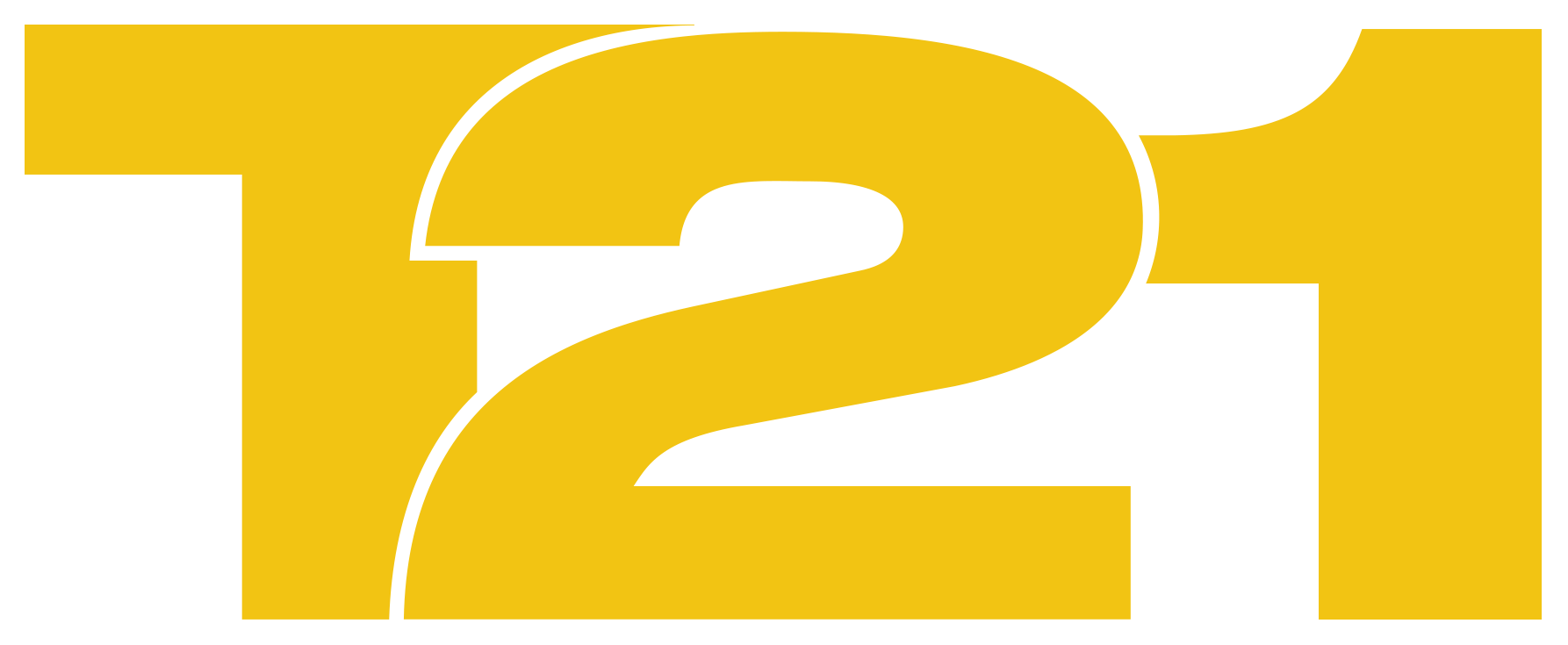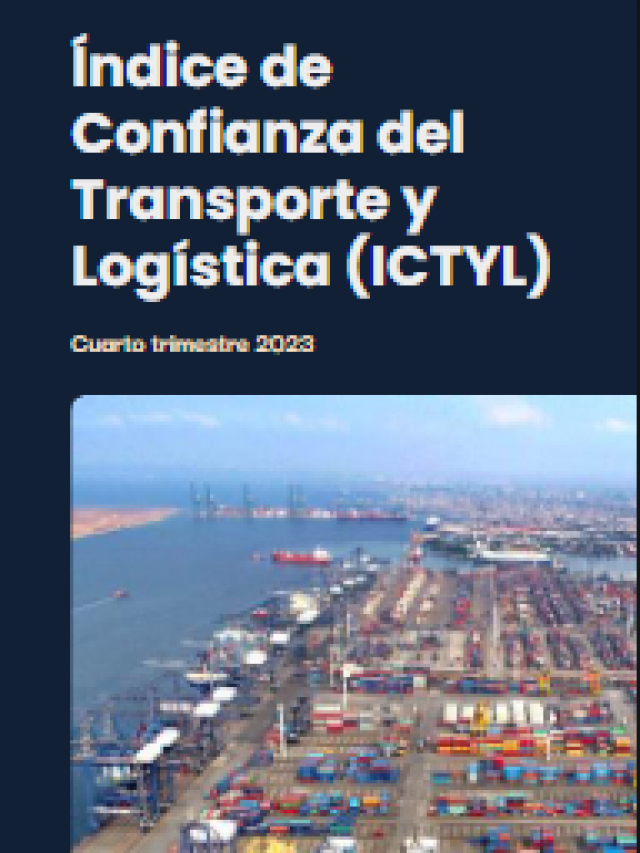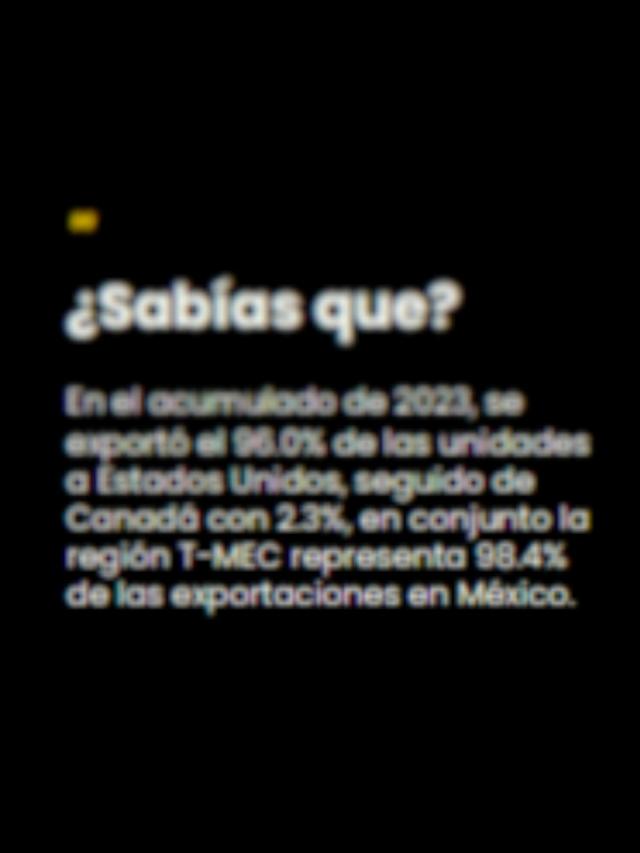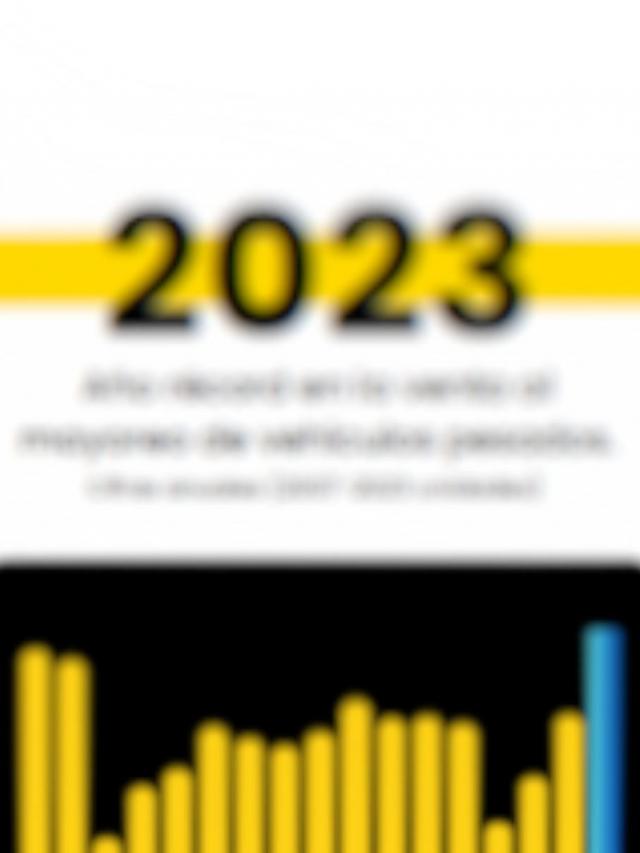
Connected operations are a driving force of the global economy; an estimated 40% of the Gross Domestic Product (GDP) is linked to this type of activity. It is in this context that corporations have identified the need to continue investing in technology that enables greater security, protection, and, of course, efficiency.
Samsara ‘s most recent study, “The State of Connected Operations: Building for the Next Generation: Workplace Trends in Physical Operations,” yielded three key findings: Workers crave greater investment in safety and security; technologies are improving workforce safety, security, and efficiency; and leaders are successfully using technology to attract and retain the next generation of workers.
In the study presented by Samsara, it is reported that in Mexico, 71% of leaders plan to invest a moderate or significant amount in technology over the next five years to improve security and workforce protection; this result is only behind Germany, where 75% of leaders have this in mind.
“Innovation is already happening. In the case of trucking, what’s happening is that when your company faces certain challenges and problems, and you find out that a company in the same situation is achieving results, and these results are associated with technology, then technological adoption begins,” Brendali López, marketing director of Samsara in Mexico, commented in an interview with T21.
Based on Brendali López’s statement, the incorporation of technology accelerates when business owners see that it’s not so distant, but rather tangible in results such as road safety and asset security. This is true regardless of the company’s size.
One element that stands out and that they have visualized within the transportation sector at Samsara is that technology is not a threat, but rather can be a disruptive agent for a company that is more efficient and resilient.
One example of this is what Brendali López said about the opposition operators faced with the installation of cameras in the cabin : “Five or six years ago, they felt invaded by cameras; today, they see them as a work tool.”
From the executive’s perspective, this advancement in technological solutions allows them to embrace new developments, having a positive impact on their businesses. “This element has been key to technological adoption in organizations,” Brendali López considered, especially by achieving impacts not only in one part of the business but also by finding comprehensive solutions.















